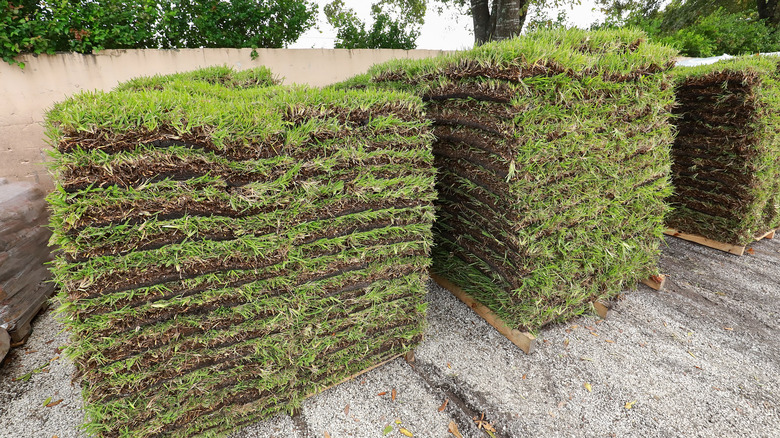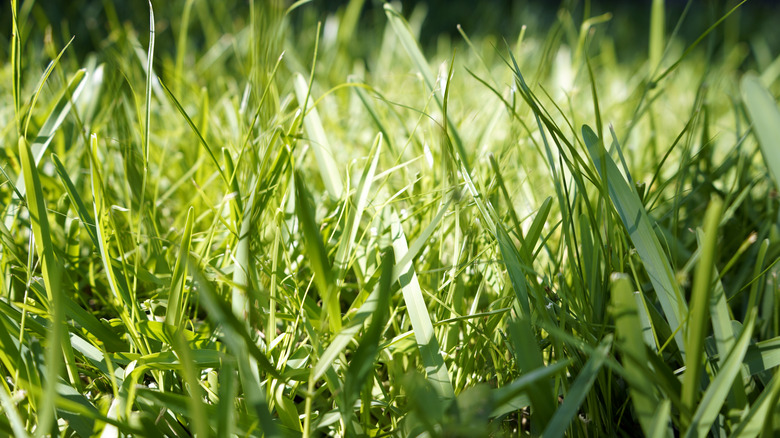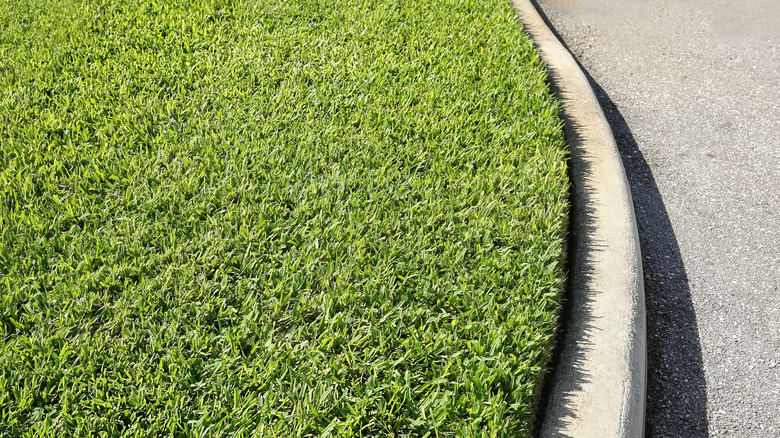Why You Should Reconsider Growing St. Augustine Grass In Your Lawn
Plenty of options are available when selecting lawn grass. However, not every variety will be a good fit. When researching options, you want to make sure the grass you pick is compatible with your climate and that you can handle its maintenance requirements. Pests that feed on grass and disrupt its growth can also be a huge issue. For example, it may be best to stay away from varieties that appeal to the pests that are most common in your region. St. Augustine grass presents these problems and more, so you might want to reconsider it. The popular grass variety attracts numerous pests, is susceptible to disease, and requires an extreme amount of watering.
High-maintenance varieties make it difficult to keep up with lawn care. With St. Augustine, you might find that your lawn often appears patchy or otherwise unhealthy because the upkeep is so demanding. Maintaining St. Augustine grass yourself can be extremely time consuming. If you hire professional lawn care experts to tackle the problem, costs can add up quickly because of the particular attention it requires. Let's dive deeper into the downsides of this grass variety.
St. Augustine is susceptible to pests and diseases
Keeping your lawn green is a bit more difficult when it comes to St. Augustine, largely due to the many harmful pests it attracts. This includes sod webworms, grubs, and chinch bugs. Sod webworms consume the grass, which eventually leads to bare and brown areas that make a yard unsightly. Grubs deplete St. Augustine of its nutrients, threatening the health of the grass. Finally, chinch bugs leave the grass variety dehydrated.
As if tackling those damaging pests isn't challenging enough, St. Augustine is also susceptible to numerous fungal diseases. Take-all root rot is one of them. It infects St. Augustine after soil fungus develops. Take-all roots cause unhealthy brown patches in your lawn. You can attempt to prevent this disease by making your lawn an unfriendly environment for fungus. This includes allowing for adequate drainage of excess water.
Nigrospora Stolon Rot is another disease to look out for when it comes to St. Augustine grass. This disease attacks the runners or stems of grass blades. Eventually, it prevents the grass from receiving the proper nutrients. Nigrospora Stolon Rot can lead to the development of fungus as well. All of this will cause yellow patches in your lawn. Watering your grass thoroughly (but not excessively) can help keep this disease away. Although there are ways to prevent these diseases, it is a bit more difficult to bring St. Augustine grass back to life after it has already been infected.
Its excessive watering requirements can be frustrating
Watering St. Augustine can also be a challenge, especially if you live in an area where you need to conserve water. This is because it requires a significant amount to remain healthy. St. Augustine grass needs ¾ to 1 inch of water at a time. This grass variety is also difficult to maintain because it can be overrun by grassy weeds. Unfortunately, these weeds are difficult to tackle. This is because it is not easy to find post-emergent herbicides that will treat them properly.
Rather than growing St. Augustine grass in your lawn, you might want to consider a low-maintenance grass variety. You will need to do your research to determine which types of grass seed are common in your region. This will help you to find something that is compatible with your climate. Regardless of where you live, you should be able find an option that is less demanding than St. Augustine grass.


